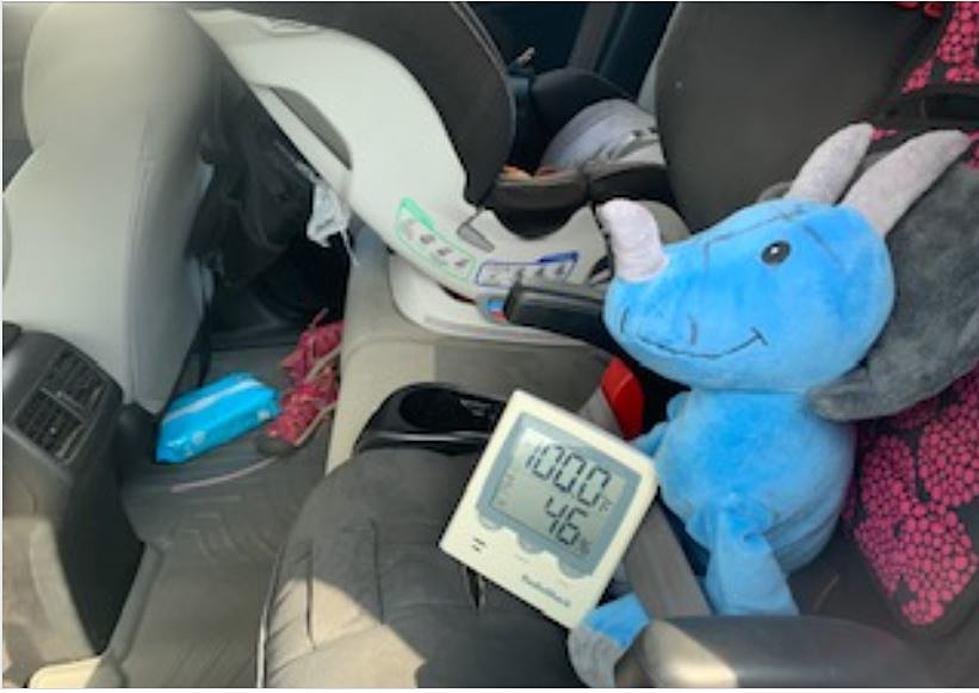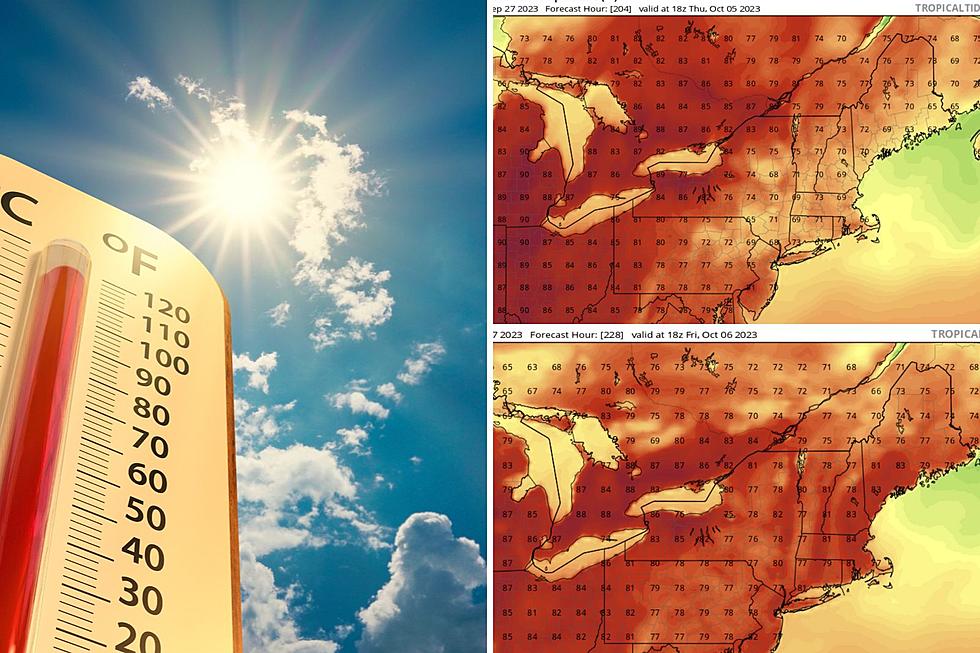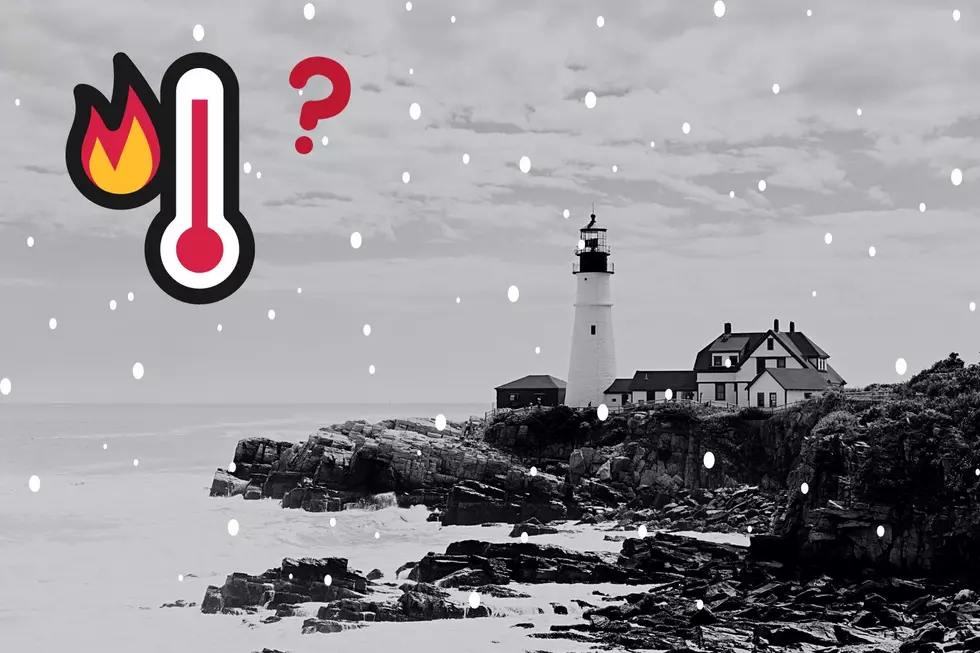
This Scary Experiment With A Stuffy Shows How Dangerous A Maine Heatwave Can Be
It's officially a heatwave in Portland. Three days with temperatures reaching at least 90 degrees. For many Maine towns, it is the fourth day of 90 plus temperatures. We hope all of you are staying healthy and hydrated. And keeping our kids and animals safe from the heat. Our friends at the National Weather Service in Gray did an interesting experiment this week. They took a trusty stuffed animal, Cera the Triceratop, and put it in the back seat of a closed car. Cera also had a thermometer on board. As the temperature went up, the car (and Cera) got dangerously hotter and hotter. We are all so busy, so it's a good idea, especially when it's extremely hot or cold, to look in your car to make sure everyone is out. Look Before You Lock.
83 degrees outside....100 degrees inside. Yikes.
Cera turned out ok, but the experiment was a good reminder to all of us to Look Before You Lock! On average, 38 kids and many animals die each year from being left in hot cars. One other important point, many of these kids gain entry from the car by climbing in themselves, without parents or guardians knowing.
KEEP LOOKING: See What 50 of America's Most 'Pupular' Dog Breeds Look Like as Puppies
LOOK: See how much gasoline cost the year you started driving
KEEP LOOKING: See what 50 company logos looked like then and now
More From 102.9 WBLM









